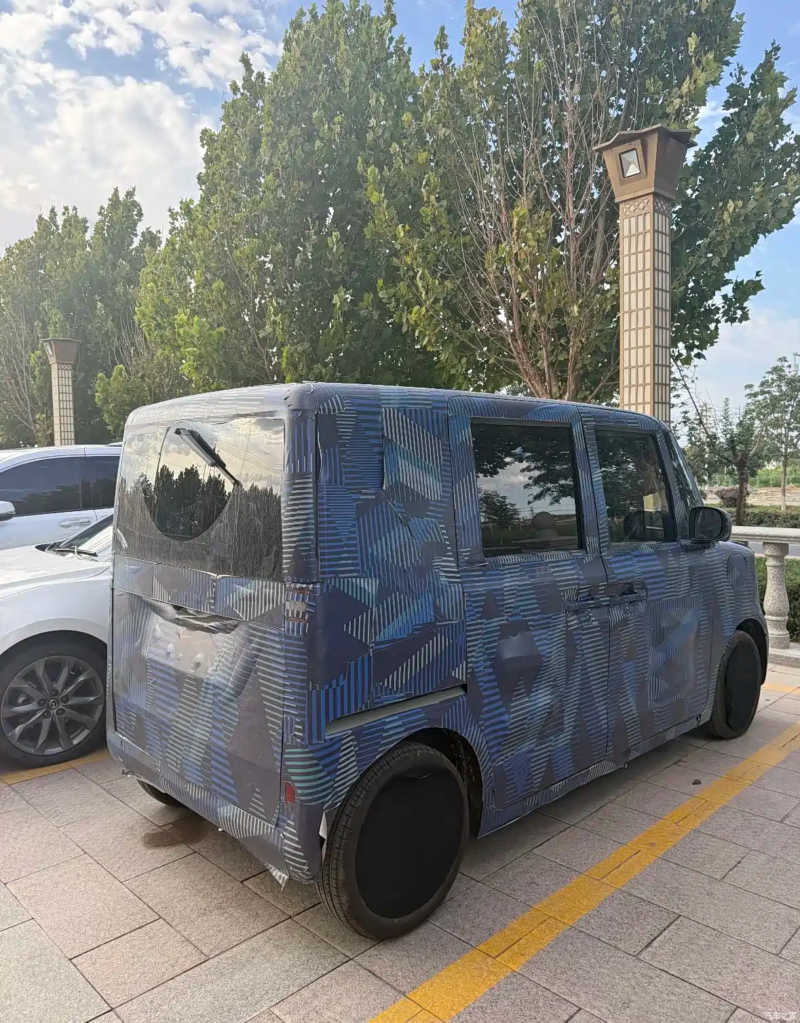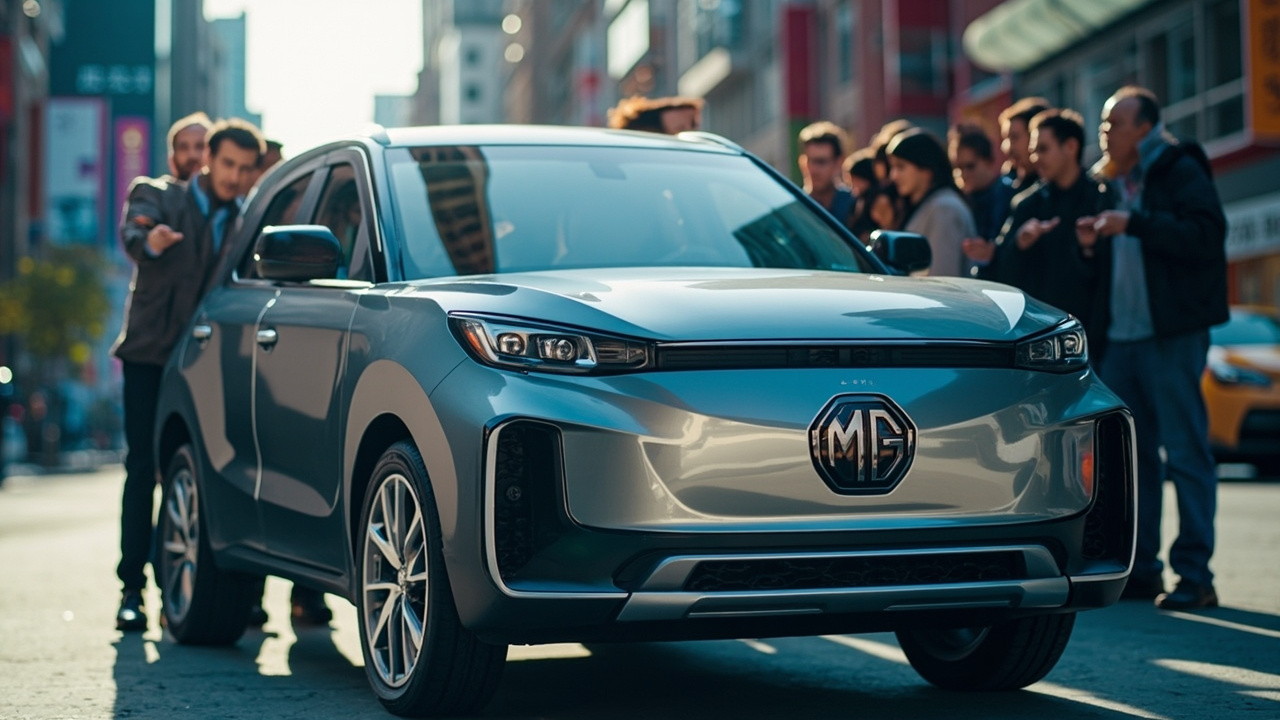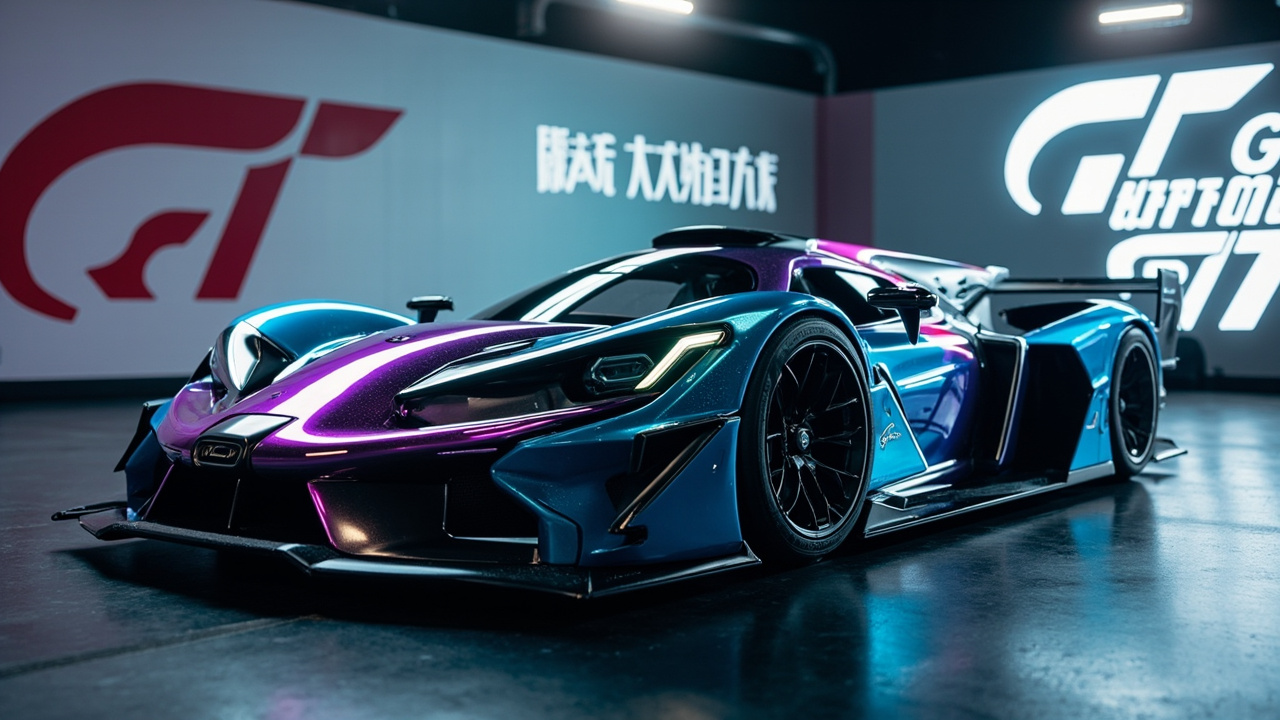Featherweight Lotus Elise Restomod Puts the Driver in the Center
Reports on manufacturing, labor and earnings with clear, practical context. Drives a Tesla Model 3 RWD; family hauler is a Volvo XC60.
UK-based Analogue Automotive has taken the automotive world by storm with the unveiling of the VHPK Lotus Elise restomod, a lightweight sports car that embodies innovation and nostalgia. With its central driving position and a nod to early Elise racers, this restomod is not just about performance but also celebrates the spirit of driving purity.
The VHPK Lotus Elise restomod is a remarkable achievement in automotive engineering, drawing inspiration from the iconic S1 Elise models. This new iteration introduces a central driving seat, reminiscent of early Lotus racers, which not only harks back to the brand's storied past but also enhances the driving experience by improving weight distribution. This design decision is not just about nostalgia; it serves a functional purpose by reducing the overall weight and optimizing the car's handling dynamics. The extensive use of carbon fiber for the body, wheels, and brakes further contributes to the car's featherweight status, tipping the scales at just 1,323 lbs or approximately 600 kg. This is nearly 300 kg lighter than the original Elise, showcasing the meticulous engineering behind this restomod.
Under the hood, the restomod boasts a heavily modified 1.8-liter K-series engine that delivers an impressive 250 horsepower. This might seem modest by supercar standards, but given the car's light weight, the power-to-weight ratio soars to an exhilarating 400 hp per tonne. This combination ensures that the VHPK Lotus Elise is not just a showpiece but a formidable performer on the road and track alike. The central seating position further enhances the driver's connection to the vehicle, providing a unique perspective that emphasizes the purity of driving.
The choice to produce only 35 examples of the VHPK Lotus Elise restomod reflects the exclusive nature of this project. Each unit is a testament to Analogue Automotive's dedication to craftsmanship and performance. By limiting production, the company ensures that each car is crafted with the utmost attention to detail, providing owners with a truly bespoke driving experience. The decision to open order books in 2026 allows potential buyers ample time to prepare for this unique opportunity to own a piece of automotive excellence.
The restomod scene has grown significantly, with enthusiasts seeking to blend classic designs with modern performance. The VHPK Lotus Elise restomod is a prime example of this trend, offering a perfect balance of heritage and innovation. It highlights how manufacturers can cater to niche markets by creating vehicles that evoke nostalgia while incorporating contemporary technology and materials. This approach not only preserves the legacy of classic models but also introduces them to a new generation of car enthusiasts who value both history and cutting-edge performance.
As the automotive industry continues to evolve, projects like the VHPK Lotus Elise restomod remind us of the passion and creativity that drive innovation. This vehicle is more than just a car; it's a celebration of engineering excellence and a tribute to the art of driving. As manufacturers explore new technologies and design philosophies, the VHPK Lotus Elise stands as a beacon of what can be achieved when tradition meets modernity. With its limited production run, it will surely become a coveted collector's item, cherished by those who appreciate the finer nuances of automotive craftsmanship.
About Priya Nair
Reports on manufacturing, labor and earnings with clear, practical context. Drives a Tesla Model 3 RWD; family hauler is a Volvo XC60.



